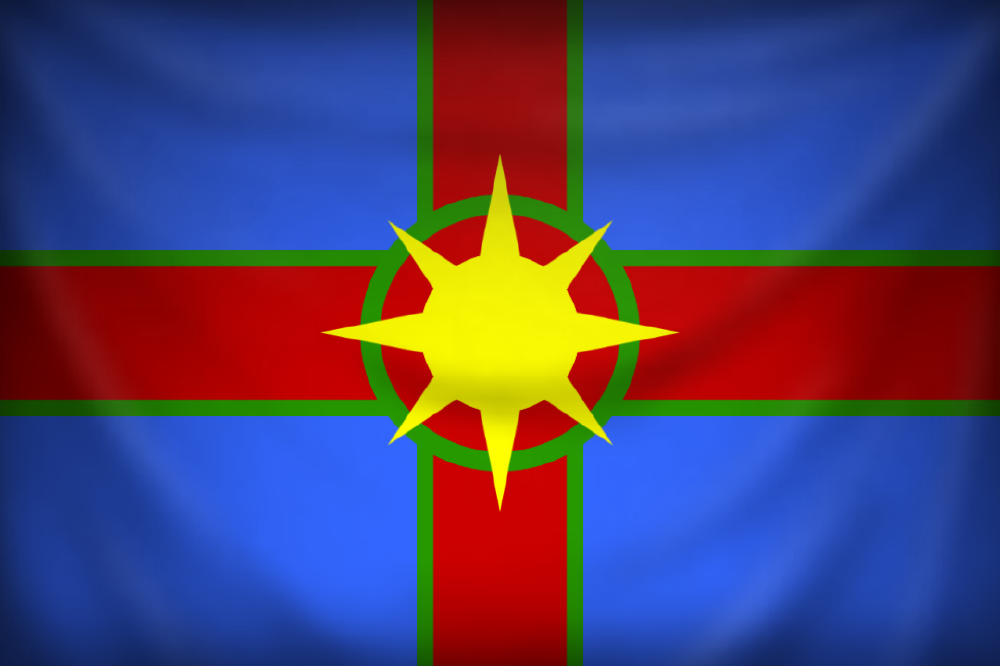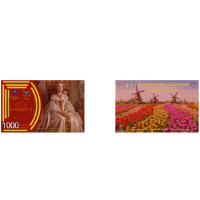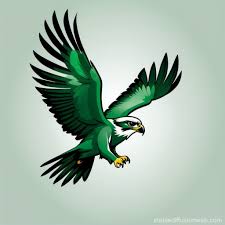Federal Republic of Floresia – National Summary
---
GENERAL OVERVIEW
Official Name: Federal Republic of Floresia
Capital: Flora City (also an Autonomous City-State)
Population: ~600 million
Land Area: ~16.3 million square kilometers
Currency: Fragrance (FRG) (𐌅̶)
Value benchmarked to the Philippine Peso when it was at its strongest
GDP: ~117 trillion FRG
GDP per Capita: ~195,000 FRG
Income distribution mirrors that of the United States
Main Industries:
1st: Technology
2nd: Fishing
3rd: Oil and Gas Production
---
NATIONAL IDEOLOGY: HARMONIOCRACY
System: Harmoniocracy — a unique Floresian ideology where all political ideologies (Democracy, Monarchism, Communism, Socialism, Liberalism, Nationalism, etc.) are legally protected and equally empowered to participate in governance.
Elections:
Parties of any ideology may run for office.
Elected parties must govern according to their ideology while still adhering strictly to the Constitution.
Balance of Power Example:
A Communist Party may win and enact pro-worker policies, but may not suppress markets or private businesses.
A Monarchist Party may advocate royalist values but cannot override constitutional liberties.
---
GOVERNMENT STRUCTURE
Legislative Branch – Tricameral System
1. Chamber of the Senate – Voice of the Republic
2. House of Representatives – Voice of the People
3. House of Monarchical Representatives – Voice of the Kingdoms
> All three chambers must work in harmony to pass national legislation, ensuring balance between the federal, popular, and monarchical powers.
Executive Branch
President for Life (elected nationally)
Supported by Ministers and Secretaries from each sector of governance
Judicial Branch
Supreme Federal Court
High Monarchical Tribunal (for inter-kingdom and royal disputes)
Regional Courts
---
ADMINISTRATIVE DIVISIONS
Floresia follows a multi-tiered structure:
1. Federal Government
2. Kingdoms (29 in total)
Each ruled by a King or Queen, who governs their kingdom under the Floresian Constitution
3. Provinces
4. Municipalities / Towns / Cities
5. Barangays
6. Sitios
> Flora City is a special administrative unit: an Autonomous City-State, independent of any Kingdom.
---
RELIGION: FLOWERISM
National Religion: Flowerism
Focuses on the human connection to flowers and nature
Worships Flowria, the "Creator" and goddess of life and harmony
Led by the Gardener (spiritual leader similar to a Pope)
Peaceful, voluntary, and non-coercive
---
LANGUAGE: VARA'NE
Type: Constructed national language
Influences: Russian + Japanese + French
Grammar:
Sentence Order: SOV (Subject-Object-Verb)
Tense Markers:
-ka (past), -na (future)
Particles:
ka (question), ne (politeness), la (linking/possessive)
Examples of Core Vocabulary:
bara (light), ziva (water), riva (life), shira (flower)
---
GOVERNMENT INSTITUTIONS & STRUCTURE
Floresia’s government is deeply structured to accommodate its hybrid federal-monarchical system. It is made up of various bodies, totaling over 100 official entities:
Examples include:
Departments (e.g., Defense, Health, Education, Culture)
Ministries (specific to Kingdom governance)
Agencies (e.g., Space, Cybersecurity, Innovation)
Bureaus (e.g., Immigration, Monarchical Affairs)
Commissions (e.g., Human Rights, Science, Ethics)
Authorities, Councils, Boards, Offices, Corporations, Divisions, Services, Institutes, Secretariats
Each with unique mandates covering domestic, royal, technological, environmental, and humanitarian responsibilities



















